Math Stations by Standard
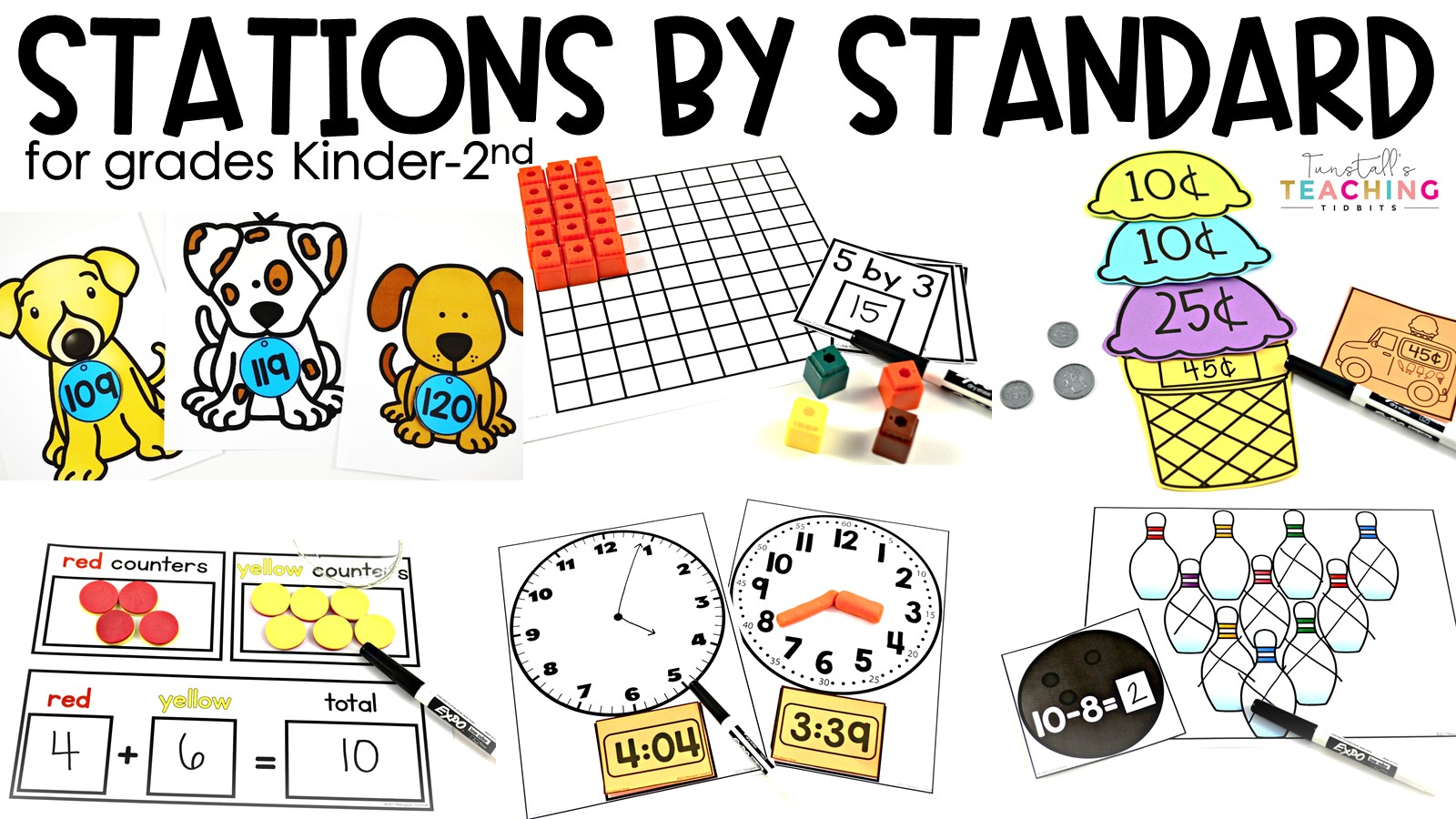
Math Stations by Standard allow students to engage in authentic and meaningful hands-on learning providing time to reinforce or extend their prior instruction. It’s allowing students time to practice math.
Rather than sitting in one long whole group lesson day after day, students engage in active learning building up their understanding of concepts through meaningful activities. Students to have repeated practice in different formats with math concepts all through the year. Best of all, they are collaborative, interactive, and engaged!
In this post, we’ll talk about some of the most frequently asked questions when it comes to math workstations. You’ll also find pictures of math stations for each math strand. I have 15 math stations for each math strand available for Kinder, first, and second.
How Many is Enough?
When done right, students beg for math stations and moan when it is time to put them away. Maybe this is why I hoard math centers more than any other teaching tool? Some teachers introduce stations each day and leave them in a choice tub for students to pull from over a longer period of time (such as a month). Other teachers have a set number per week or per day and switch them out frequently. Although I know many teachers want to know which is better or which is right, I think that is something that each teacher must decide based on the class’s behavior.
If you allow students to choose a math workstation activity, and you find that you are constantly settling arguments over which student gets a turn with which workstation, then you know that more structure and possibly less choice might be a better fit. If the opposite is happening and students don’t seem to have enough options and are less engaged, then you know that they may be motivated by having the opportunity to choose a workstation out of a menu or bucket.
One method certainly does not fit all classes! A rule of thumb is to introduce one new station choice each day or couple of days and then watch how your students adjust to having options to choose from. Do you want everyone to do one designated choice per day or do you want students to self-select from a bank of learned stations? Your teaching style, number of resources, and class make up of personalities will all play into the best situation.
Where Do I Fit in Teaching the New Centers?
I know it’s daunting to think of how to teach new centers to your students day after day, but the routine of centers goes from being overwhelming to energizing once students become trained on routines and expectations. When you first begin, you will talk too much and introduce too long and run out of time. We ALL do it. It’s normal.
We want our students to really understand, and we know they will be away from us, so we go over it and over it, and just in case we go over it again. We play out scenario after scenario until we finally get started to find that we just didn’t have enough time. This over-explaining is a phase. It will pass. Teacher will become more streamlined, students will become more familiar with expectations, and you’ll find that you can throw down a center introduction in less than 3 minutes.
How Many Do I Prep?
Another frequently asked question is how many workstations should students have access to at a time? Should I make one of everything and expect a group of four to know how to share? Do I make everyone their own? What is the expectation? This is a great question! If you have a group of four students, I recommend making two of each station game. This way partners can share in a game. If the game is not meant to be played with a partner, students will still be able to collaborate to complete the task together. The goal in a workstation is that students reason, explain, practice, and refine their mathematical understanding. Having a partner allows for this to happen naturally. If you have smaller groups, you may only need one center, and likewise larger groups may require more copies of each game.
How Long Should Workstations Last?
While I do not claim to know the perfect amount of time for a workstation, I do have a great way to figure it out! Tracking your class stamina, is something we all do constantly. We have our critical eyes out and about on our students watching and waiting on mayhem to ensue. This is because we know that we need to pounce on problems before they become pressurized pandemonium. That natural stamina that you witness during math rotations can guide you to the just right time!
If you notice that your class’s productive hum begins to break down after 12 minutes, then tighten your time frame to match that natural stamina. Pacing can rule out many behavior issues. We want students to have a sense of urgency. As the year progresses students need less time to do the same types of tasks because they mature in their skills and behaviors. We can adjust our rotation time to meet that maturity.
I found that ten minutes in the lower grades was a good amount of time for a math rotation at first, but as the skills became more complex, more time was needed. I notice that teachers often over complicate math rotation times because they feel pressure to meet with struggling students for a longer period of time.
In my experience, the strugglers needed the same amount of time as everyone and the longer we push, the more they fizzle out on us. Keeping our small group time short and to the point ensures that we see them daily and that it is a positive and powerful time together. We want our students to get excited about math and to want to come meet with us! Keeping them wanting more and meeting with them consistently for a shorter amount of time has a bigger impact over the course of the school year.
The Big Picture
When we conduct a Guided Math block, we want students to experience mathematical learning in three ways each day. We want students to work with the teacher in a targeted learning group that meets their needs. Likewise, we want students to work with peers collaboratively. We also want students to apply their understanding independently. Think about how students can hit those three targets in your routine.
Help! What I Did Last Week or Last Year Isn’t Working Anymore!
Because the dynamic of our classroom changes year after year, we must adjust our systems to match the new personality of our class each year. It’s ok to let go of things that aren’t working. Experiment with a new strategy when needed. Don’t be afraid to stop things and share a new routine, strategy, or expectation mid-day, mid-week, or mid-year! Letting students know that you are adjusting to meet the needs of the class is a great thing. Involving them in a problem is also great if they are developmentally ready for that. “Boys and girls, I have noticed that we are having a problem during our rotations. I think we should talk about what is happening and how we can make it better.” Then go from there!
Where Can I Get More Math Workstations?
If you are a hoarder like me, or perhaps an ultra-organized teacher looking to expand your workstation library, here are the links to the Kindergarten, first grade, and second grade Stations by Standard sets. These sets will give you fifteen stations on each of the nine math strands. That’s 135 math stations per grade level!
For more information on guided math rotation choices, check out this post on how to make rotations your favorite time of day!

 Contact Us
Contact Us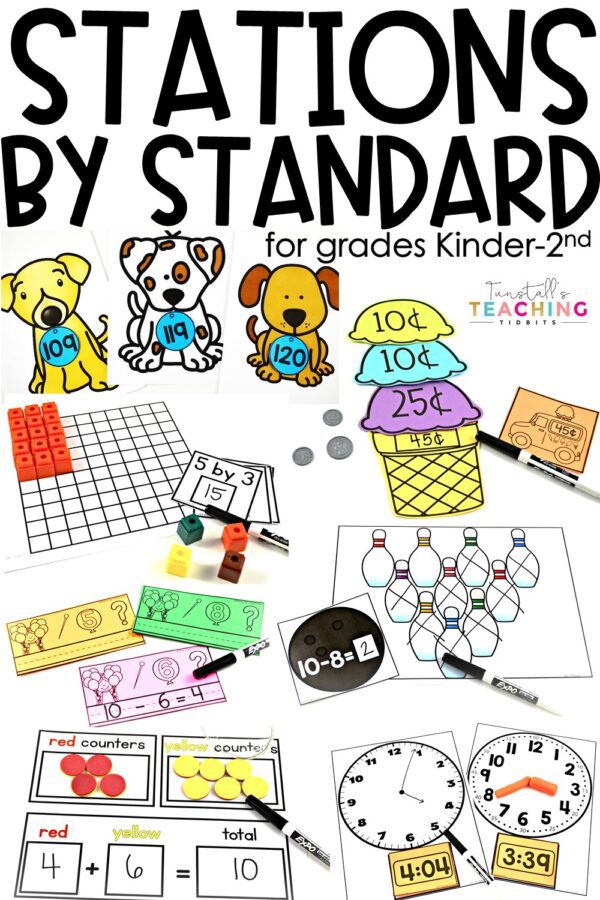









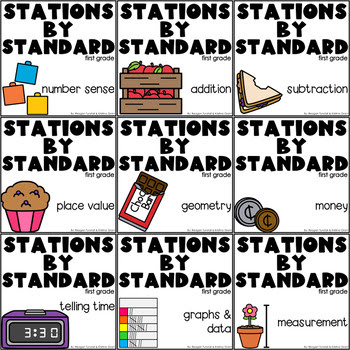
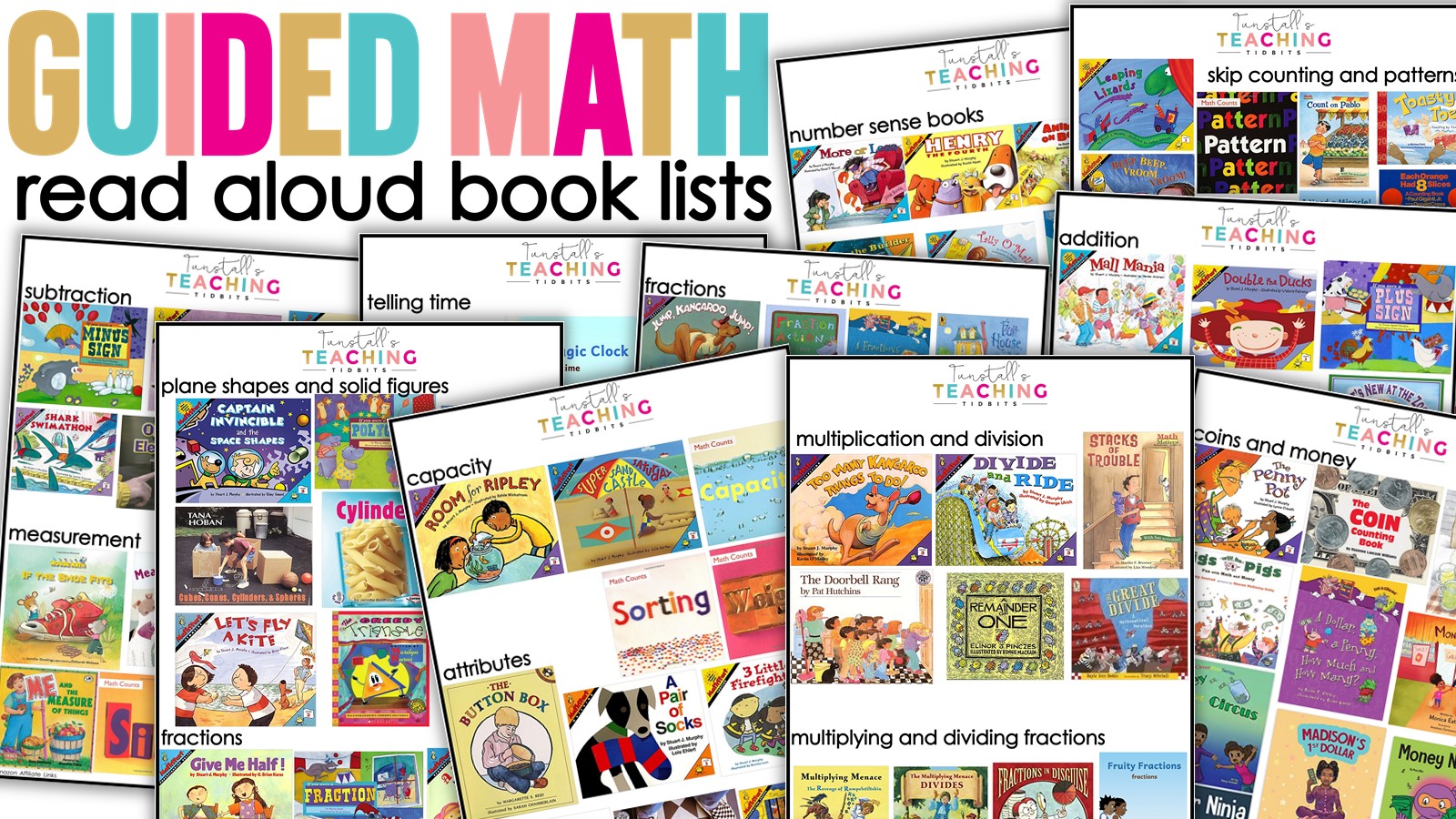
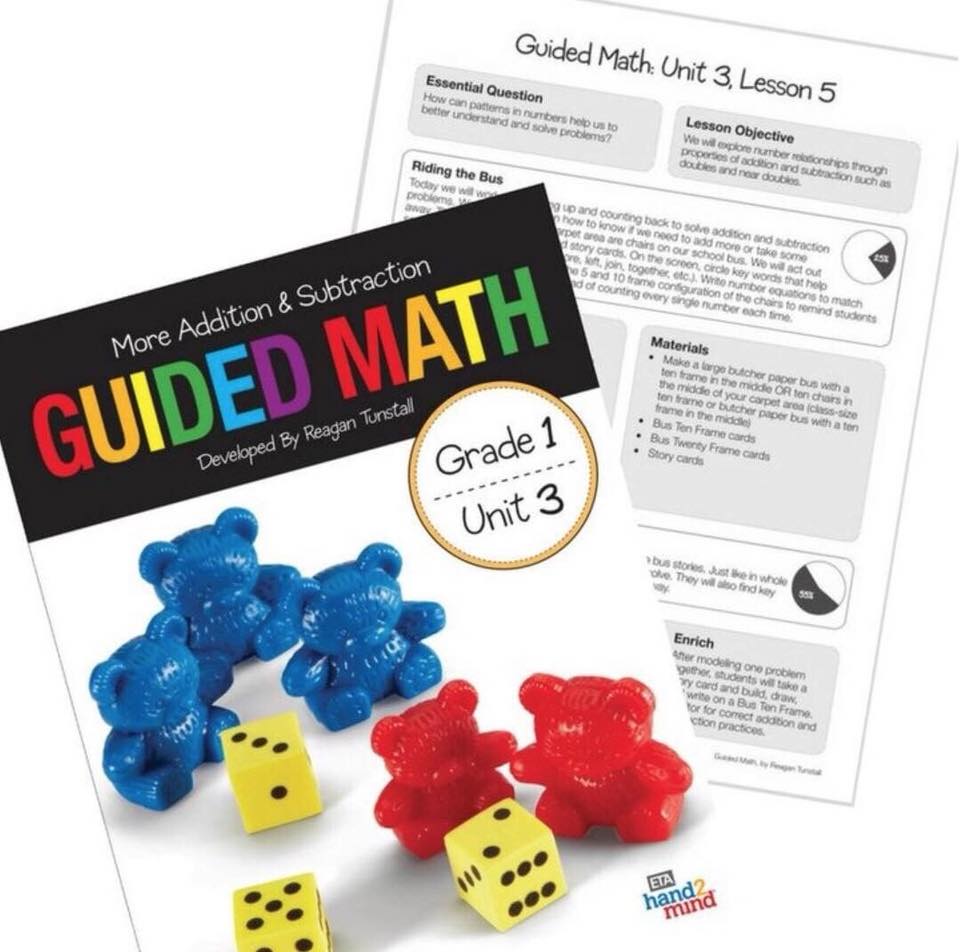
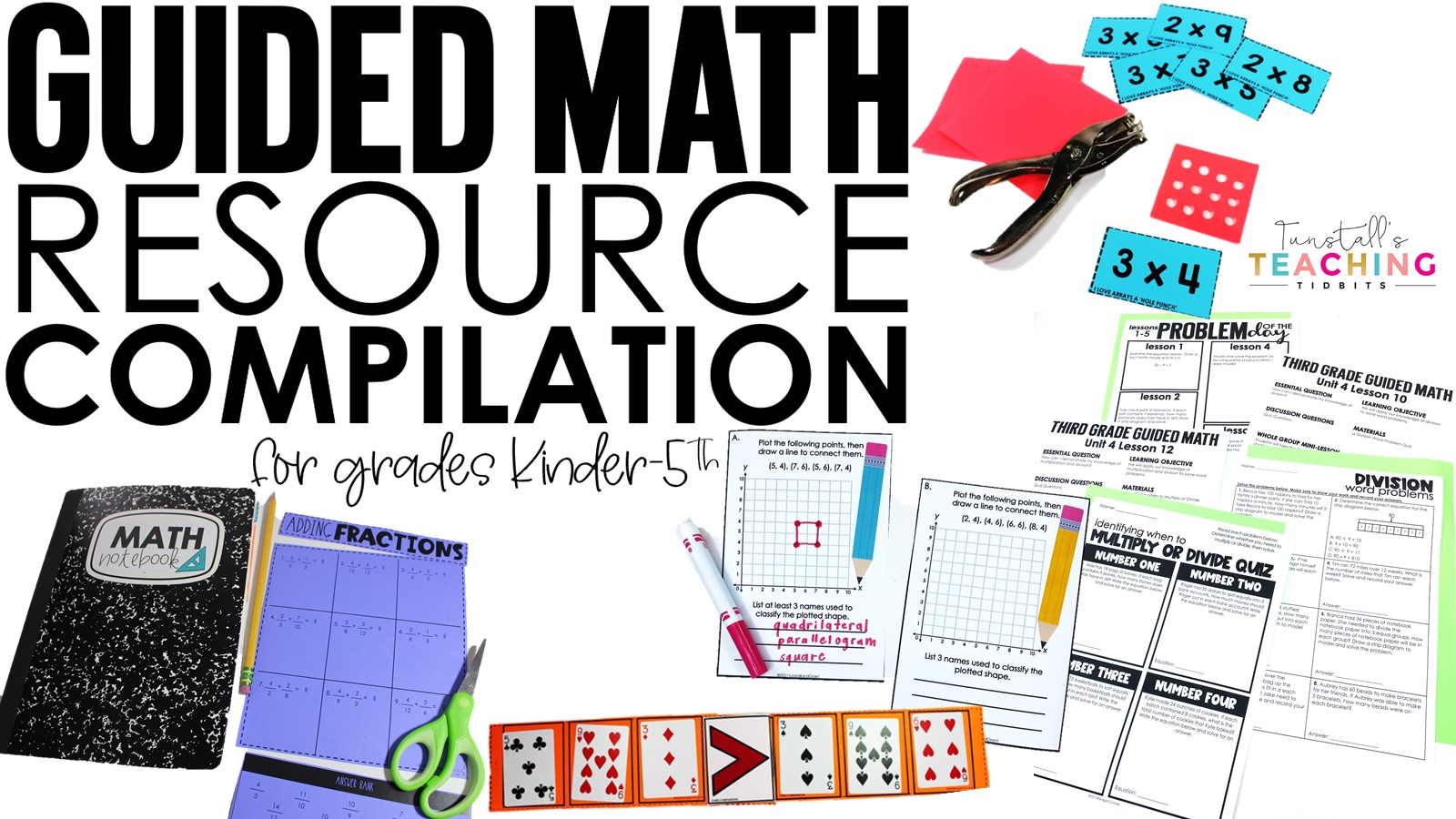
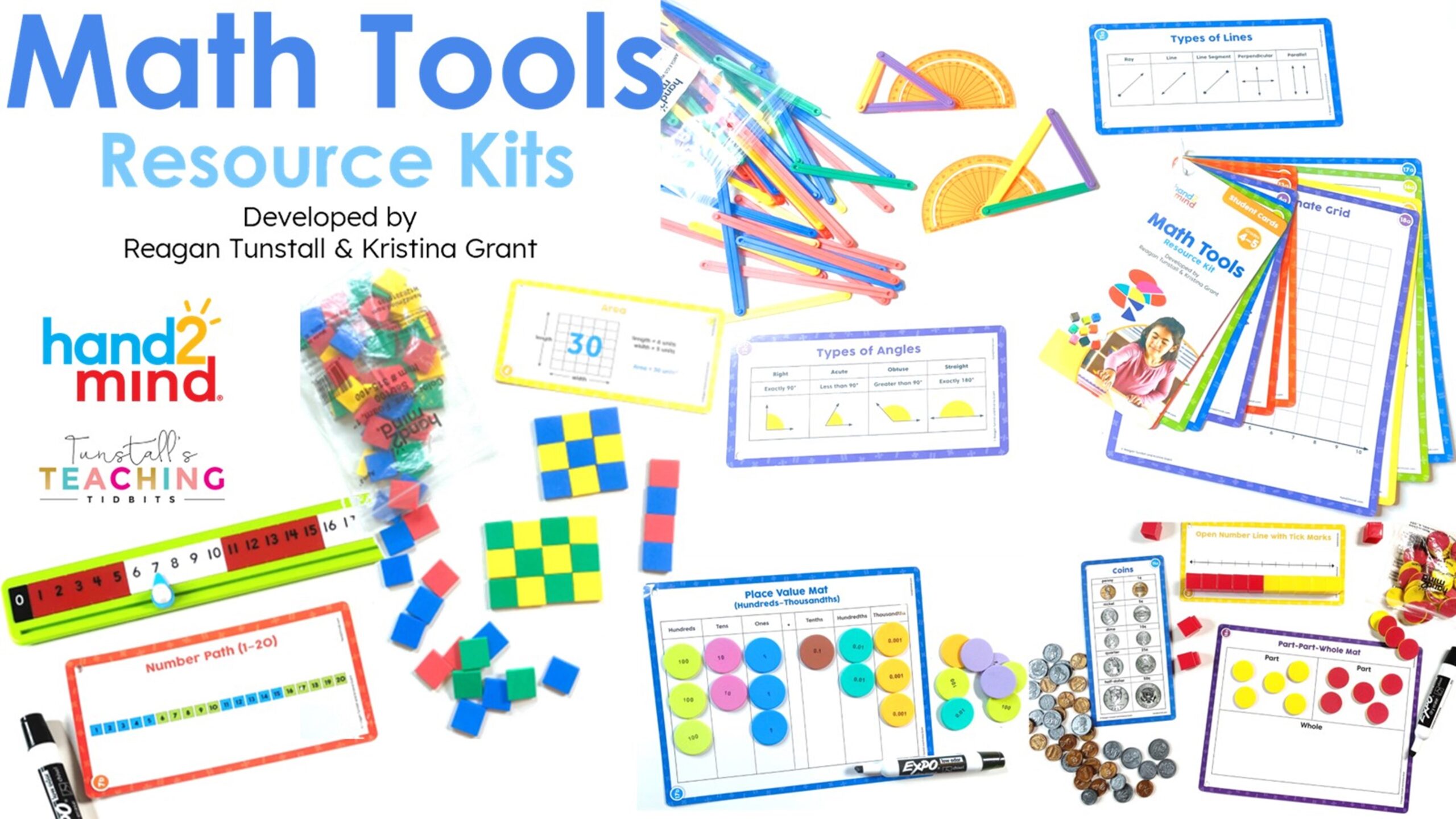
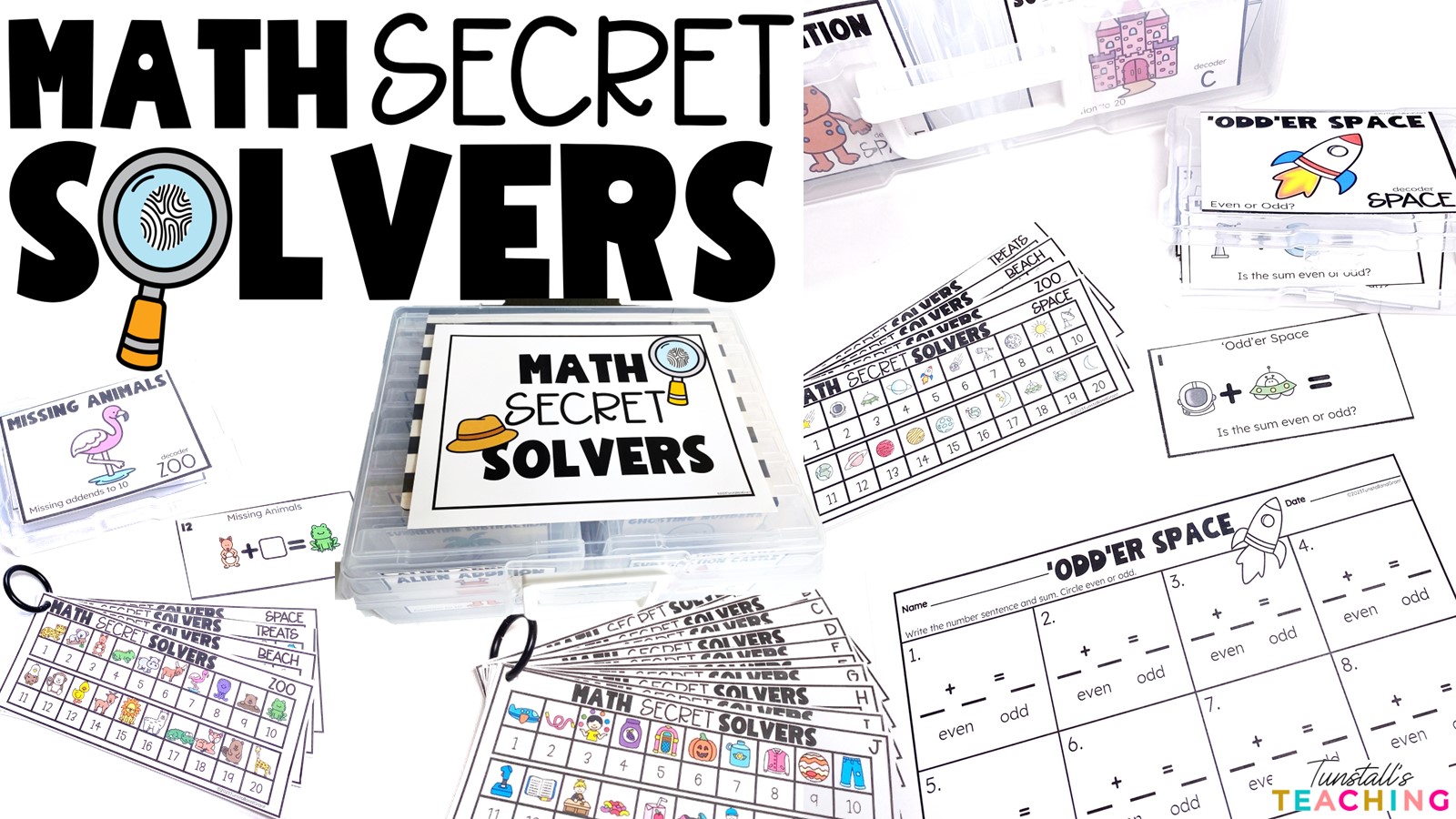

The centers look great. Student friendly directions would be helpful as would teacher instructions. There are some that I can’t figure out they start or some other piece and there is no indication in the instructions.
I would love to see how you store these centers. I thought I saw it at one point but who knows…lol Yes, I too am a hoarder of all things kindergarten!
I love the telling time and geometry centers!
Thank you!! 🙂
Hi!
I am looking specifically how to get your adding to 5 mat with the red an yellow counters- another teacher had posted it on facebook (and gave you credit :)) a while ago and I loved it but haven’t been able to find it anywhere.
Thanks!
Do you have any stations for Grades 3 and 4? These are great!
Yes, I, too am interested in grades 3 and 4. Do you see these as a possibility?
Please write back! Your station games for K-2 are the best I’ve ever seen!!
In your email you mentioned Pre-K stations. I would definitely be interested in those. We do not use Common Core so sometimes the K stations are a little advanced for our students but between those and maybe some Pre-K stations I think most of our standards would be covered. Or if you had lower level Kindergarteners the PreK stations would help those students.